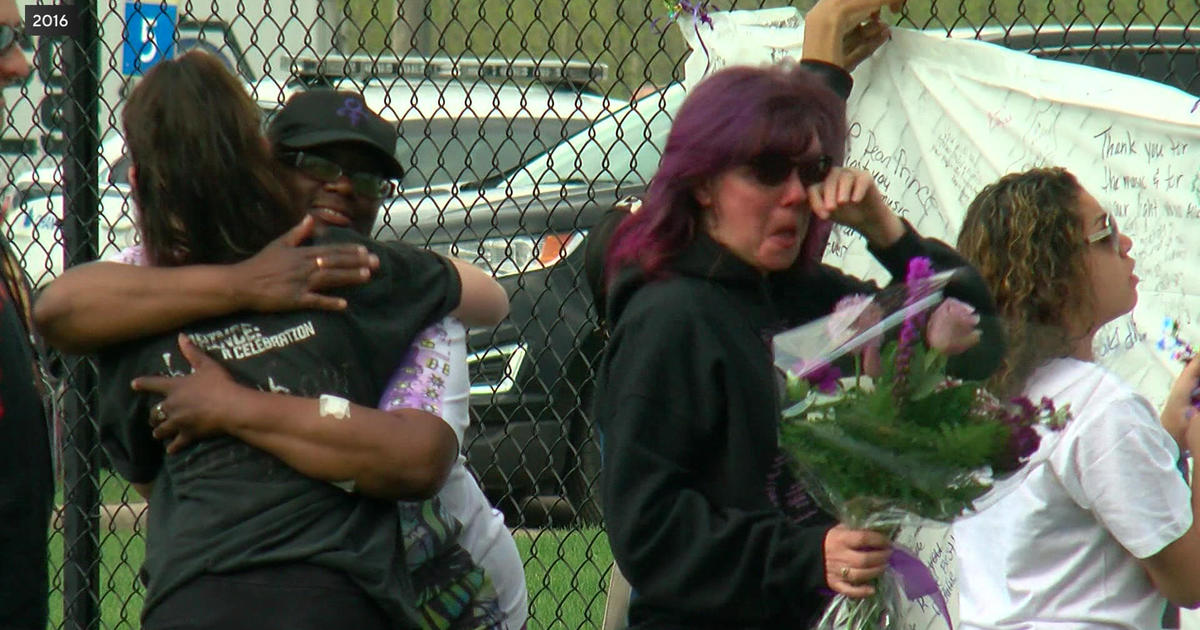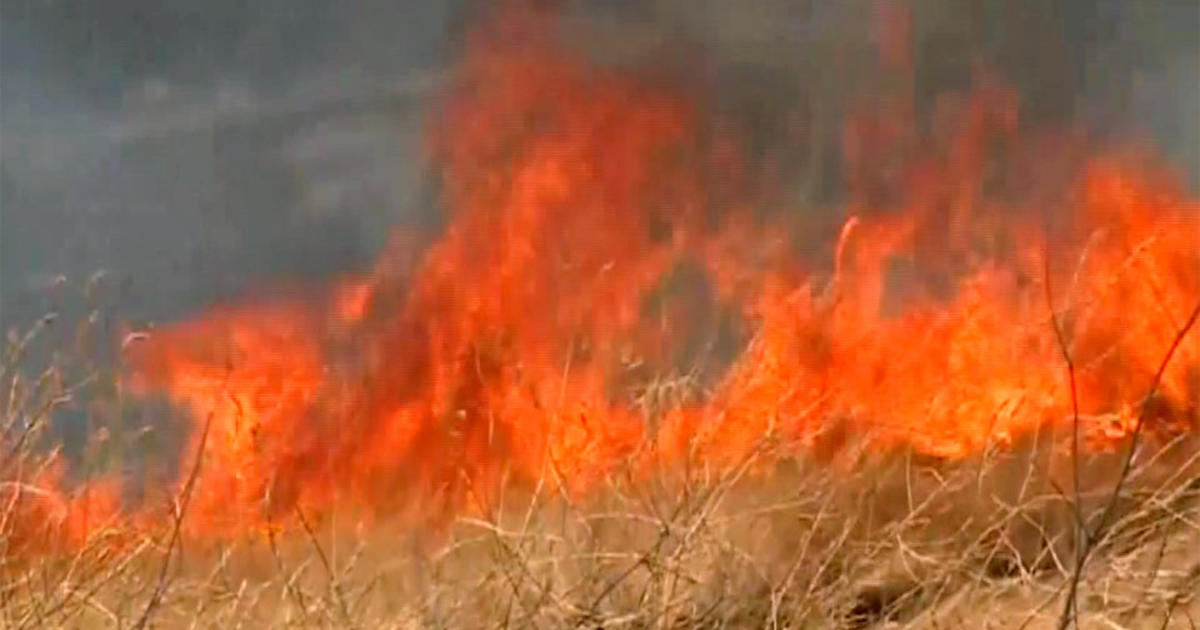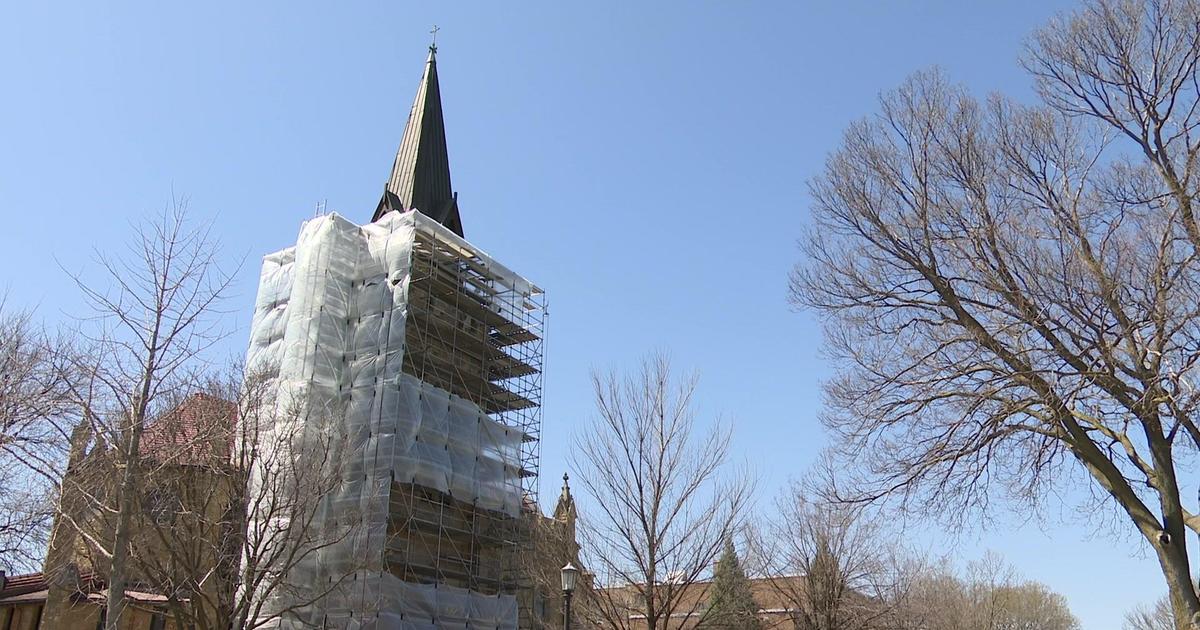Why Is It So Hard To Predict Tornadoes?
MINNEAPOLIS (WCCO) -- For 13 days in a row, tornadoes have ripped across the Midwest and Great Plains. Forecasters said the weather conditions were ripe for twisters, but no one could say exactly where they'd touch down.
So, why is it so hard to predict tornadoes? Good Question.
Meteorologists can show hurricanes a week out or predict blizzards within a couple of days. But, for the most part, tornadoes are mostly identified through radar or weather spotters.
"Because they're tiny," says WCCO Director of Meteorology Mike Augustyniak. "These are tiny systems compared to how much space is out there."
Tornado warning times have improved. In the 1980s, warning times average five minutes. In 2010, it jumped to 14 minutes. Times have come down slightly since then as the National Weather Services tried to reduce false alarms.
What complicates research of the already complex tornado physics is how dangerous it is to get close to a twister.
Scientists have tried putting trackers and vehicles into a tornado. In recent years, drone video has also offered good data. Improved radar and more weather spotters have also improved the understanding of twisters.
Augustyniak says increased resources like weather balloons or sensors could help researchers, but that's costly. Instead, he predicts better computer modeling within the next five to ten years.
"What the goal, though, in the future is not just to say, 'hey you 50 counties, there might be something that happens today,'" he says.
Instead, Augustyniak says there could be a time where warnings are issued several hours in advance, even before the skies get cloudy.
"But, I'm not sure that will happen," he says. "But there are a lot of people out there working to make it happen."



